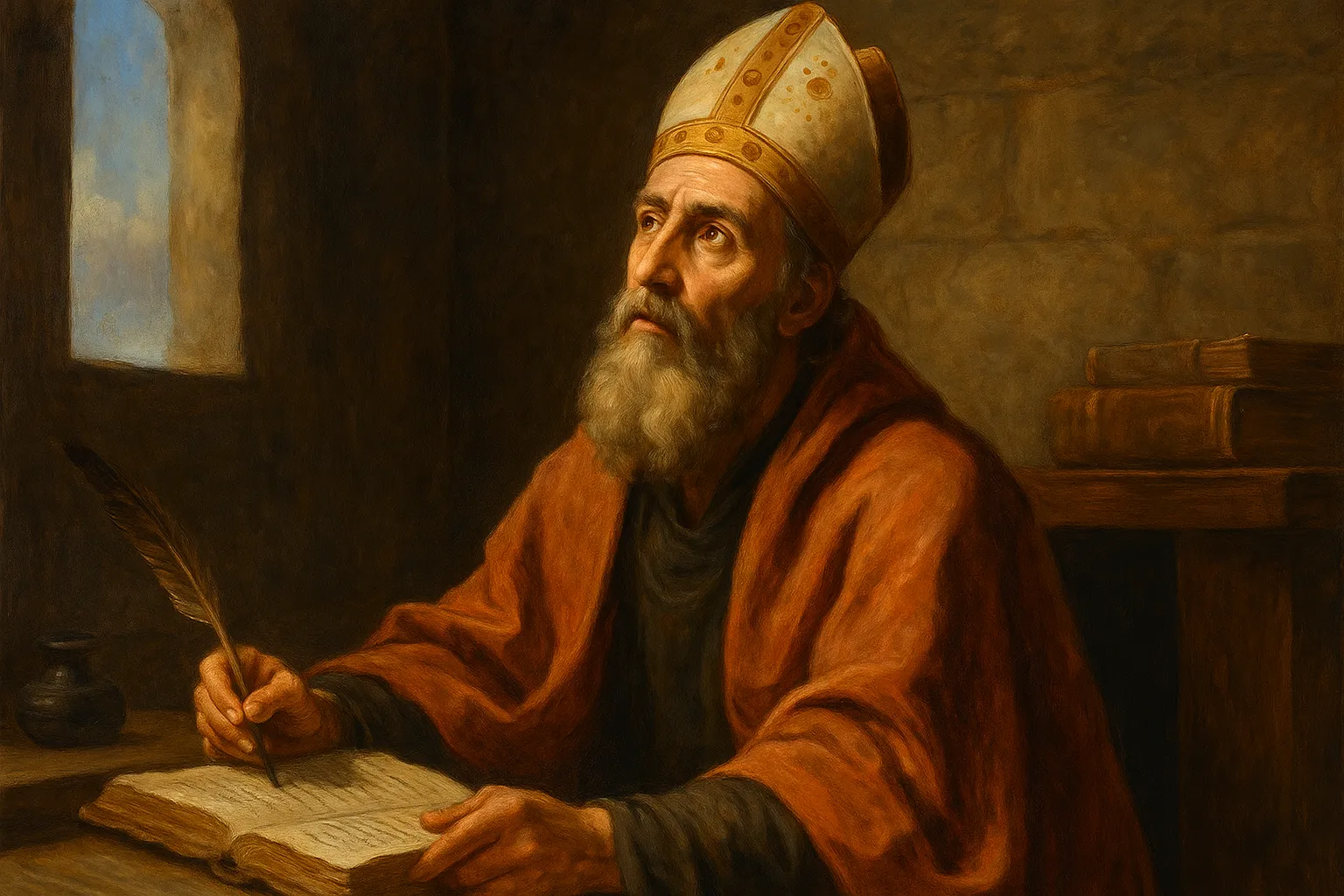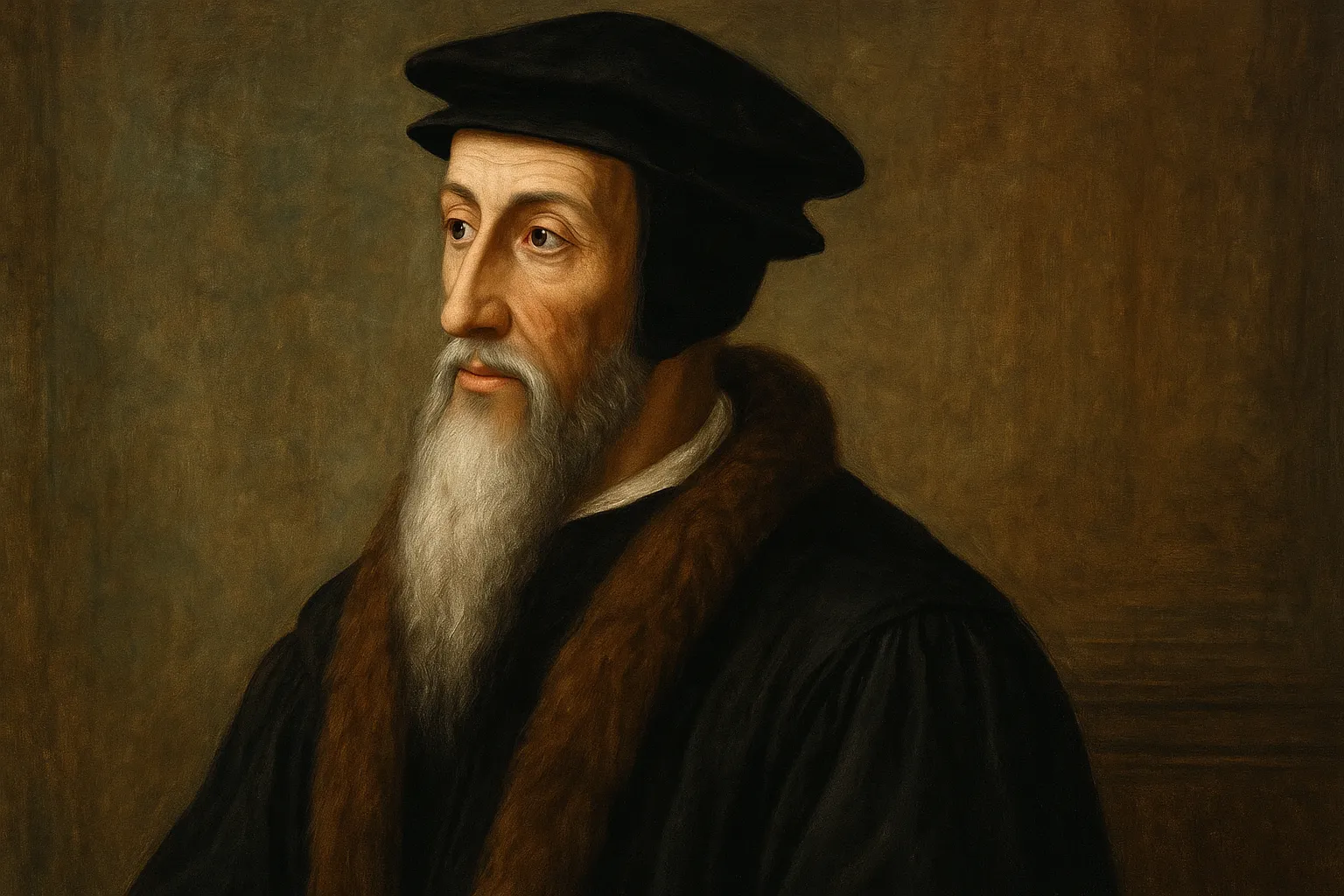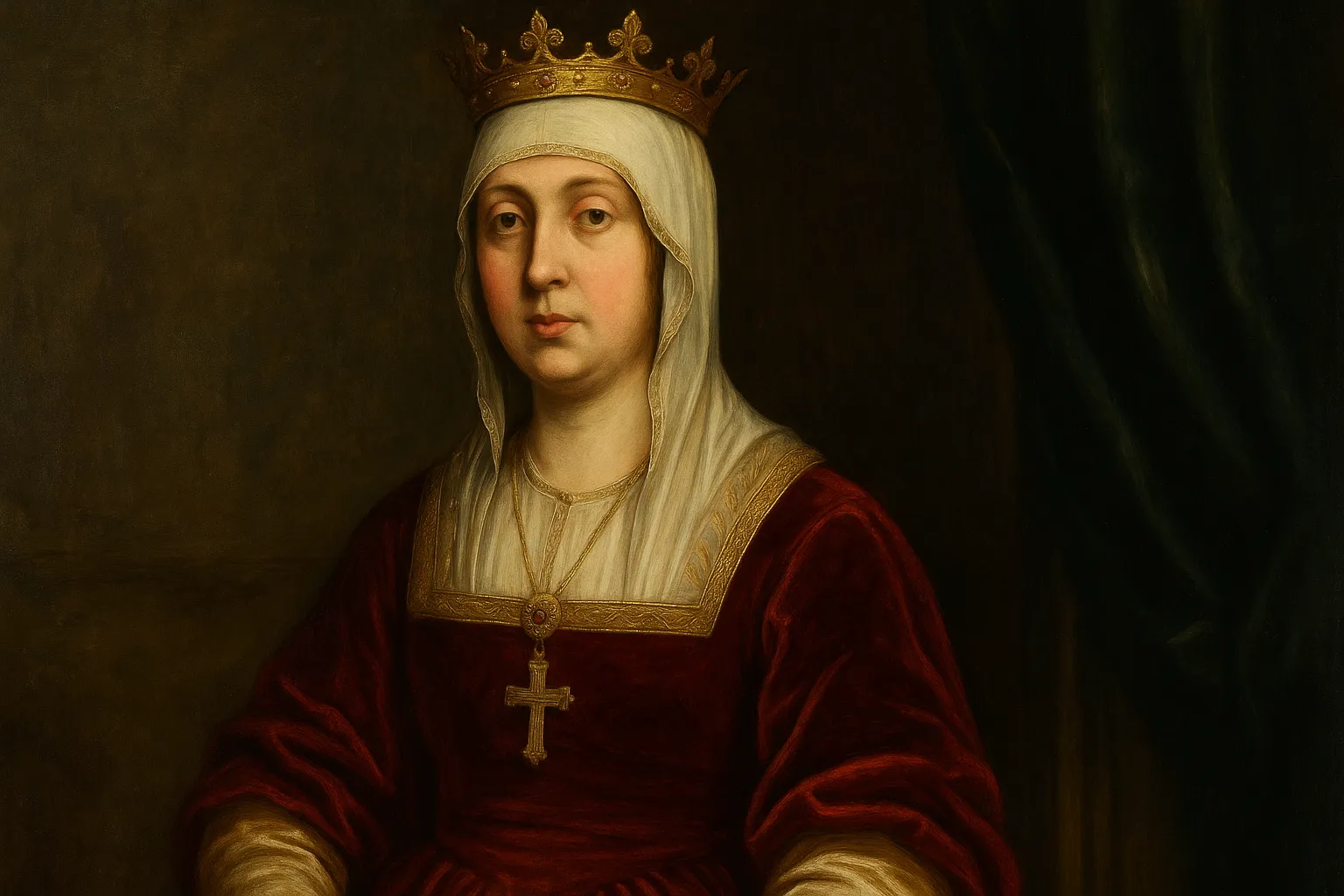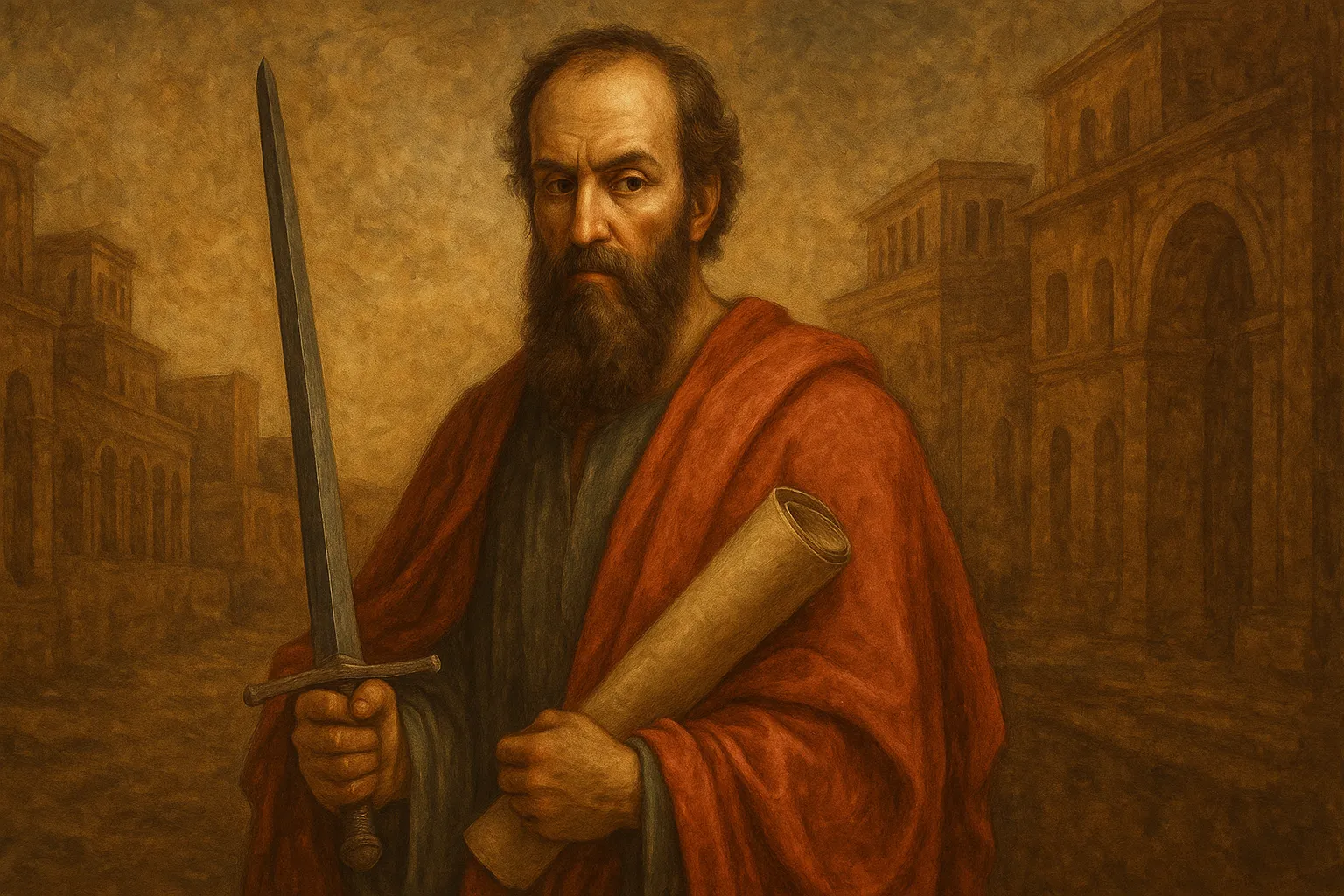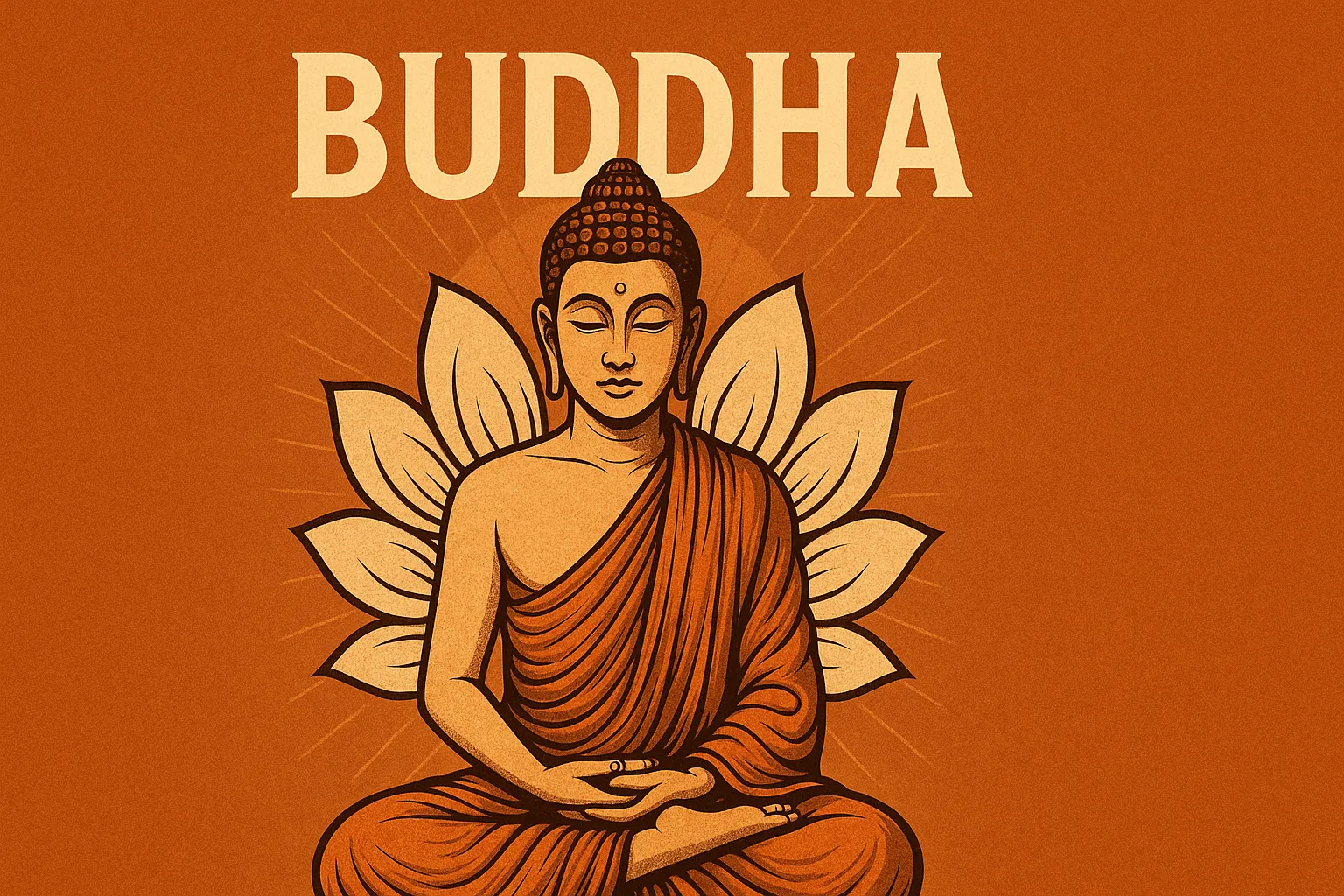Muhammad
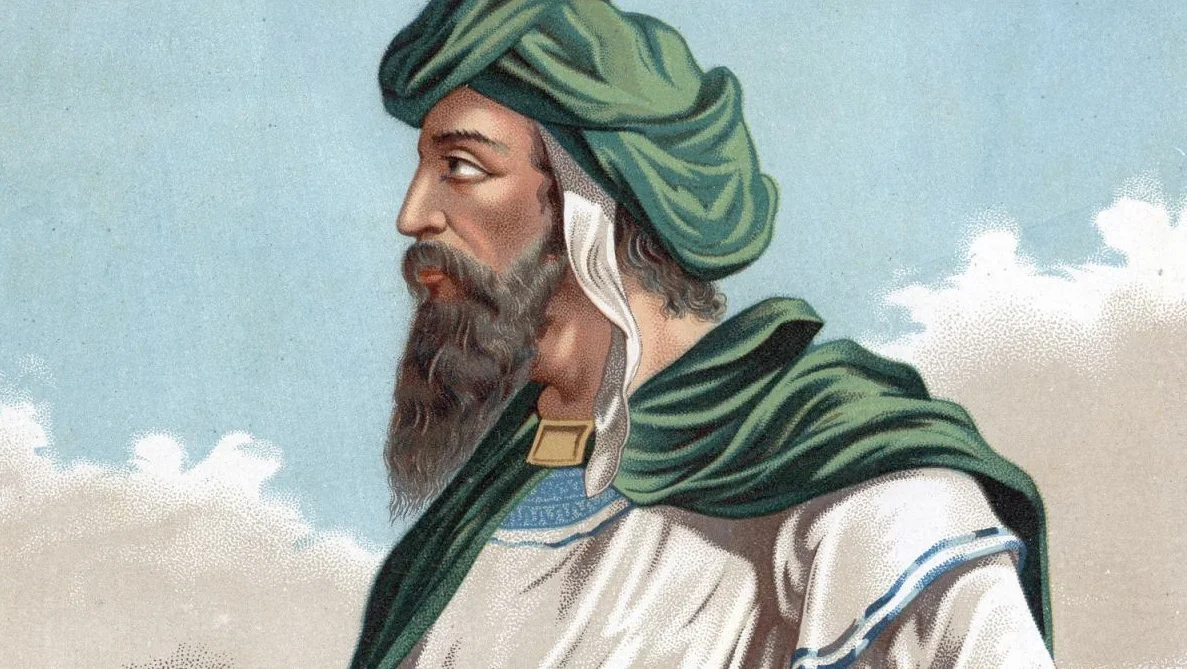
Muhammad (Mohammed) was born in Mecca, a city in western Arabia (the region known as Al-Hijaz) around 570.
Family
Son of Abd Allah ibn Abd al-Muttalib and Amina bint Wahb. His father died before he was born; his mother died when he was very young
His family belonged to the Hashim clan, part of the Quraysh tribe, which dominated Mecca. He was raised first by his grandfather and then by his uncle Abu Taleb. From a young age he worked herding cattle.
It is said that he was given the name Mohammed because of a dream his grandfather had. He is also said to have been given other names, such as Abul-Qasim, Ahmad and Mustafa.
Prophet
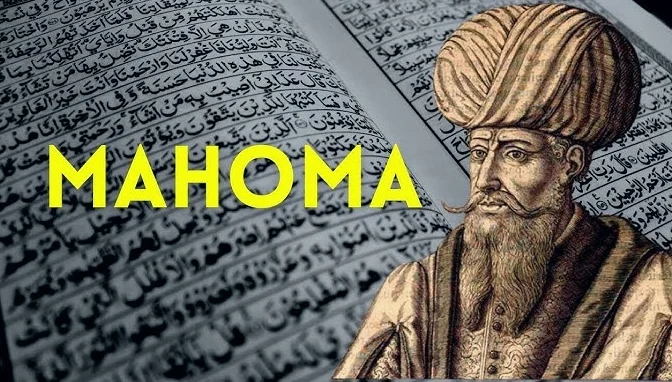
He traveled to Syria as a young man as part of a trade caravan. During his stay, he was recognized as a prophet by Jewish and Christian holy men and scholars. His status as a prophet was indicated by marks on his body and miraculous signs of his nature.
Marriages and children
A widow named Khadija hired him as an administrator. It is said that he was twenty-five years old when he married Khadijah in the year 595, as recorded in the marriage certificate, where he is recognized as the most perfect man in the tribe. They had two sons, Al-Qasim and Abdullah, who died in infancy, and four daughters, Zainab, Ruqayyah, Umm Kulthum and Fatima.
After the death of Khadija, he married Sawdah, and shortly afterwards Aisha. Later he married Hafsa, Zaynab bint Jahsh and Umm Salama, the widow of a Muslim warrior. He also married a Christian woman named Mariyah Al-Qibtia and had another son with her, named Ibrahim ibn Muhammad, who died in childhood. He also married a Jewish woman named Safiyya bint Huyay.
Revelations
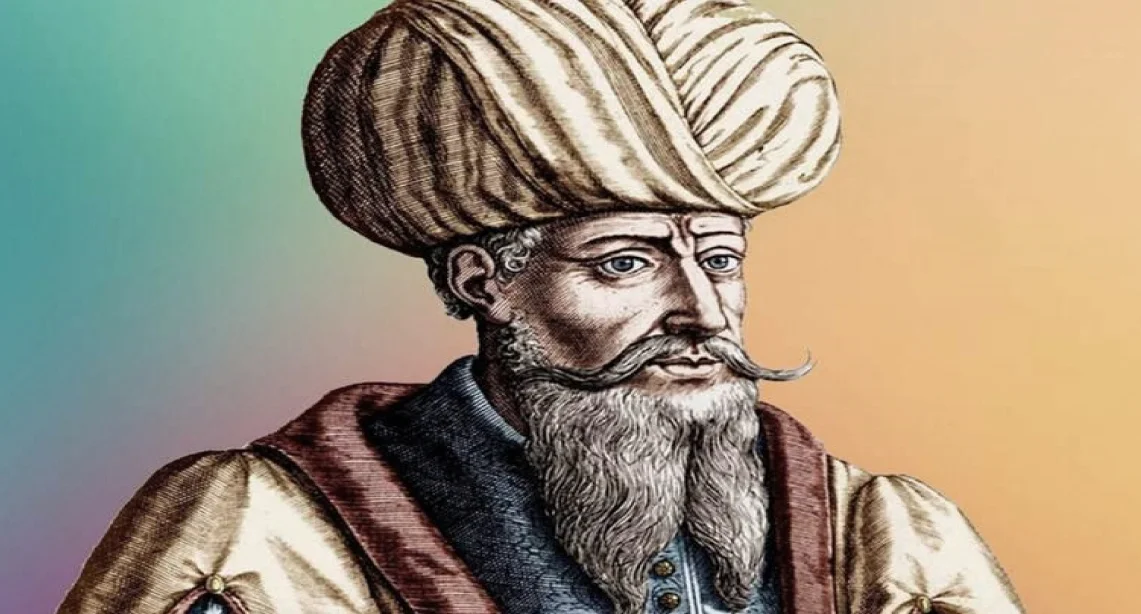
A student of the religious themes of Judaism and Christianity, he carried out his meditations on the solitary Mount Hira. At the age of forty he had his first prophetic experience when he retired to a cave in the mountain, on the outskirts of Mecca. There he had a vision of the archangel Gabriel who ordered him to “preach” (iqra), announcing that God had chosen him as His Messenger and Envoy to mankind; he taught him ablutions (ritual purification baths) and the way to worship God, prayer and a divine message.
Islam
Thus he began to preach Islam based on the principles of the unity of God and the immortality of the soul. At first his only followers were his closest family, then his intimate friends, then the people of his tribe and finally he preached publicly in the city and its surroundings. In his call he first attacks idolatry, polytheism and atheism: he insists on the need to believe in one unique and Transcendent God, in the Resurrection and in the Final Judgement, he invites to charity and beneficence.
After a period during which he received no further revelations, they were resumed and continued until his death. There are two accounts which, according to tradition, date back to the beginning of Muhammad’s career as a prophet. One of them says that while he was asleep, two angels opened his chest and removed all traces of unbelief and sin that they found there. The second tells how he was taken at night to the throne of God in the heavens. In the morning he found himself back in Mecca. The famous story of the Night Journey (Isra) provided the theme for a large number of allegories in mystical Islam (sufría).
The followers of Mohammed were not numerous and the majority of the inhabitants of the city reproached them for subverting the religion of their ancestors. One account relates that, desperate to attract the inhabitants of Mecca to his cause, he was tempted by Satan to proclaim certain verses as divine revelation. These verses recognized three goddesses that the residents of Mecca worshipped, granting them a place in Islam as intermediaries between God and men.
On hearing this, the people of Mecca accepted Islam. However, the angel Gabriel informed him that the supposed revelation came from Satan and not from God, and revealed the exact words (which we read today in the Koran). Opposition to Mohammed and his followers in Mecca reached such proportions that, after sending his followers to seek refuge in Christian Abyssinia (now Ethiopia) and after an unsuccessful attempt to obtain support in the nearby city of Taif, in the year 622 Mohammed moved with some of his companions to the agricultural settlement of Yathrib, some 300 kilometers to the north.
The Hijra
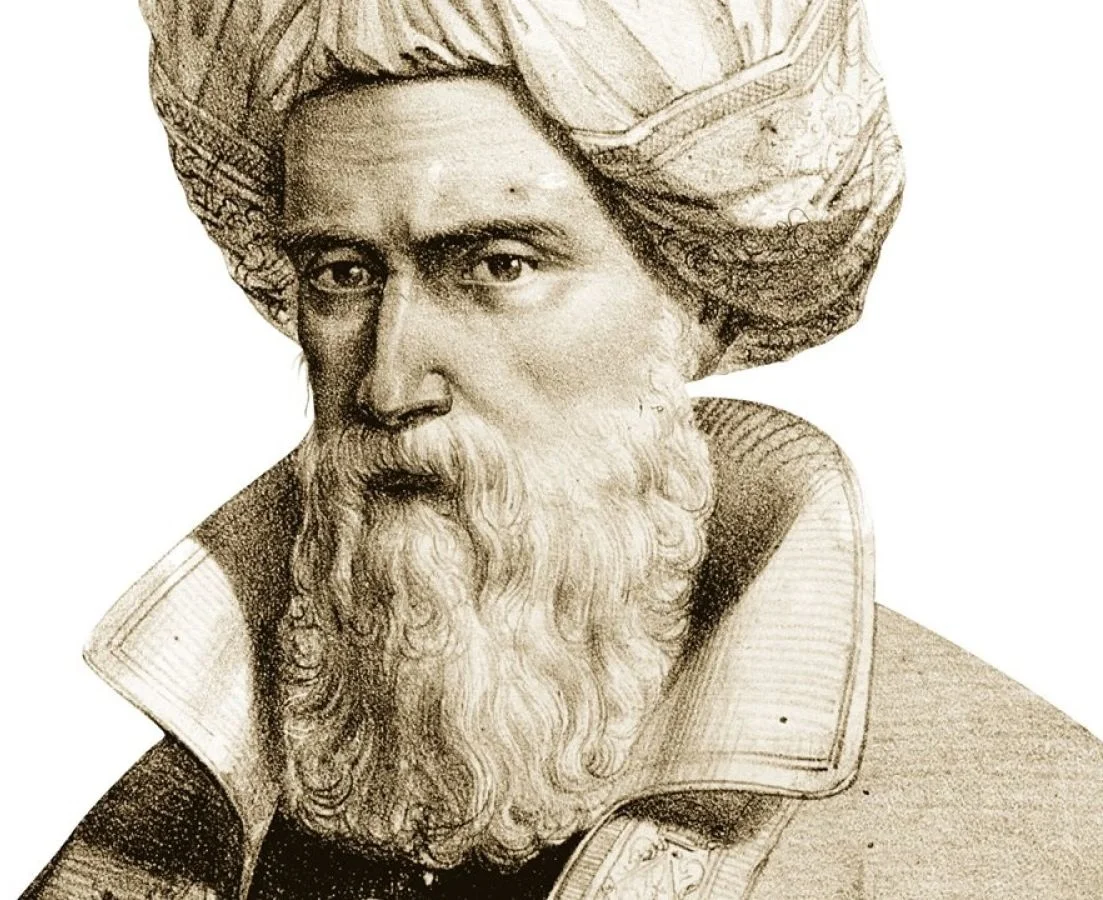
This event, known as the Hijra (or Hegira), was a turning point in the fortunes of Muhammad. After the Hijra, the first Muslim community (umma) was established in Yathrib, and the episode later marked the beginning of the Muslim calendar, known as the “era of the Hijra”. Shortly afterwards, Yathrib changed its name to Medina. One of the reasons for the growing acceptance of Muhammad’s authority in Medina was his military successes. Attacks on Meccan caravans led to an important victory over a powerful Meccan force at Badr in 624.
The conquest of Mecca
As Muhammad’s prestige grew, neighboring tribes began to form alliances with him and accept Islam. In 628 he was able to sign the Treaty of al-Hudaybiyah with Mecca. Although this treaty involved a series of concessions on his part, it had the effect of equating the status of his community with that of Mecca. In 630 he managed to take control of Mecca almost without opposition. The inhabitants of the city who had opposed him in the past accepted Islam. The Kaaba, which had already become a central element of Islamic ideas, was finally opened to Muslims.
After the conquest of Mecca, the prestige and authority of Mohammed continued to spread throughout the Arabian peninsula, and Muslim forces reached southern Syria. In 632, Mohammed made his last journey from Mecca to Medina to perform the pilgrimage ceremonies (hajj).
Death
This episode is known as the Farewell Pilgrimage, as shortly after, after returning to Medina, he died. He was buried in his house in Medina, and the second most important mosque in Islam was built in the vicinity of his tomb.

